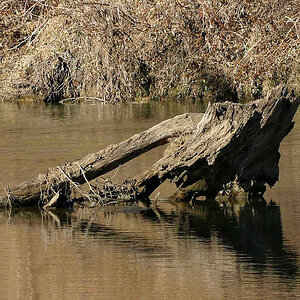crownlaurel
TPF Noob!
- Joined
- Jun 6, 2007
- Messages
- 208
- Reaction score
- 0
- Location
- Southeast
- Can others edit my Photos
- Photos OK to edit
I've been wondering this for awhile. How did we get the popular print sizes we have today. I have some old photos and while I haven't measured them, they look to be 8X10s. I think we had 5X7s before the 35mm became popular. Some of the older snapshots I have seem to be more squared...small but squarish. Old polaroids were square. Were 110s where the 3X5 came from? Or were they shorter and wider (or longer and narrower depending on orientation)? Did the 4X6 begin with the 35mm? I hate 4X6s now that I get the whole image. I've seen a new "digital size" by some of the online places. I like that but where are you gonna get a frame for it?
Anyone know how we really got our print sizes (and if they related to available cameras, why have we kept them)?
Anyone know how we really got our print sizes (and if they related to available cameras, why have we kept them)?



![[No title]](/data/xfmg/thumbnail/35/35587-16c570d2927f2a9ea1945320686eca01.jpg?1619737062)

![[No title]](/data/xfmg/thumbnail/31/31743-3b294ee78fc71e7bfc025b01eafb0c2d.jpg?1619734986)
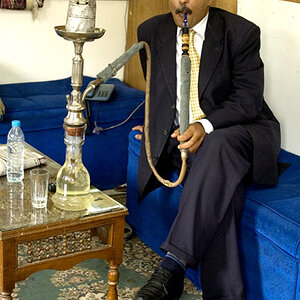


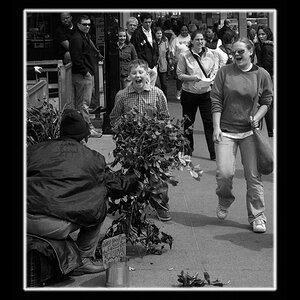
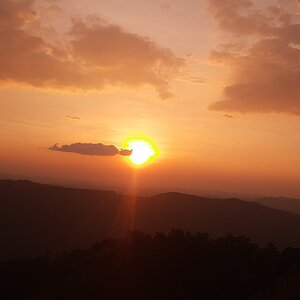
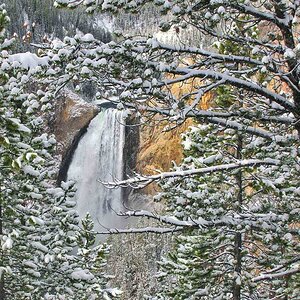
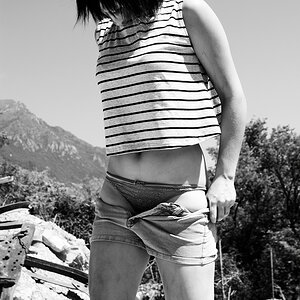
![[No title]](/data/xfmg/thumbnail/31/31744-f06a1a9bb9c74e3b8b332878f5fe71f1.jpg?1619734986)
